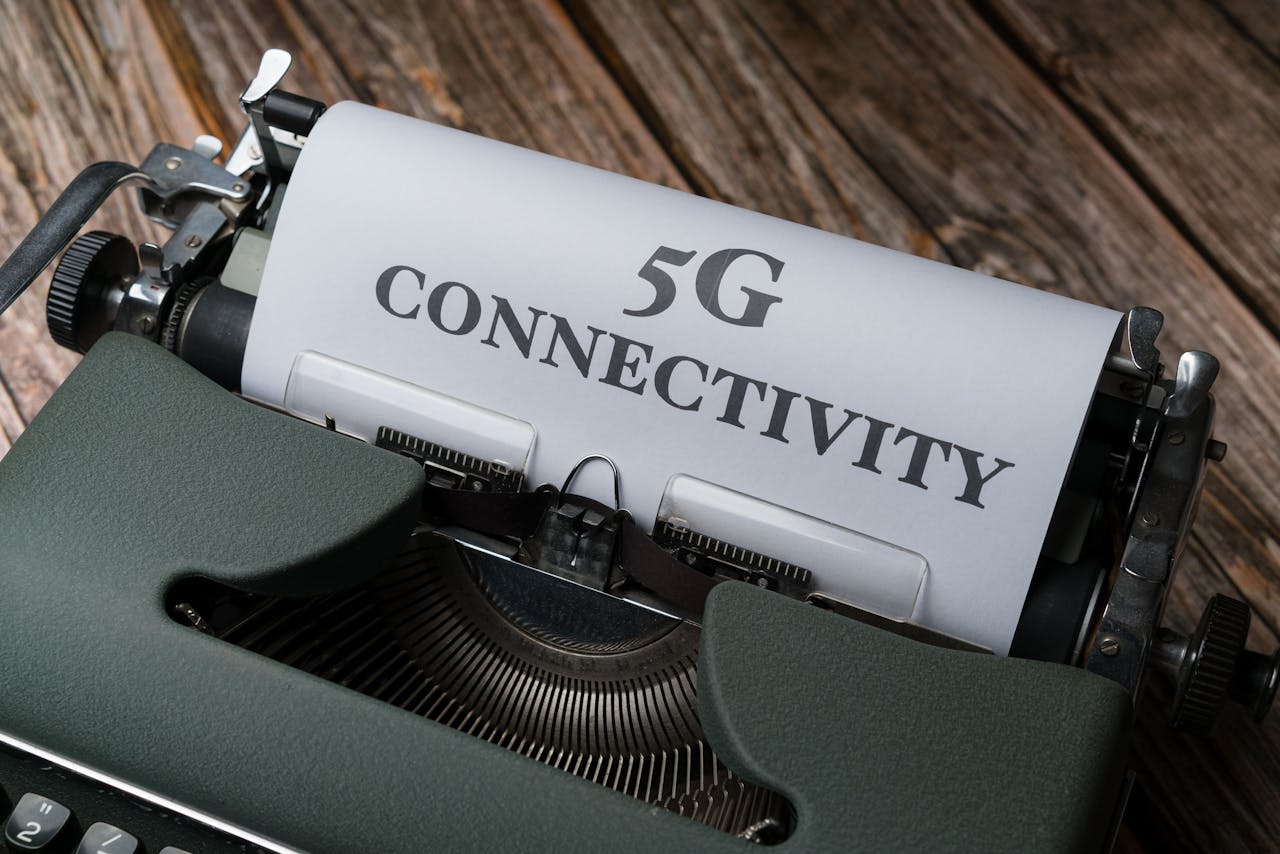5G and IoT: Bringing High-Speed Connectivity to Underserved Housing Communities
The time when internet connectivity could be categorized as an amenity has passed because access to fast and dependable connections has become mandatory.
People in underserved housing areas continue to face problems related to unreliable or absent internet connectivity.
5G in combination with IoT introduces an entirely new solution through fast low-latency internet access that brings revolutionary changes to everyday activities and increases universal digital access and improves smart home capabilities.
The paper investigates how combination of 5G technology and IoT infrastructure brings digital inclusiveness to underserved communities while creating smarter urban systems.
The Role of 5G in Enhancing Connectivity for Underserved Communities
5G represents the fifth wireless technology standard which delivers the following features:
- Speed increases under 5G operation reach up to 100 times above 4G speeds so people can stream without interruption while learning online and completing remote work tasks.
- The delayed reply time (latency) becomes shorter in 5G networks which permits people to have instant connections when using video calls or smart devices.
- The network capacity improves significantly because it enables households to connect multiple devices for their smart home environments.
5G technology stands essential for the disadvantaged housing communities of America.
Traditional broadband connection services remain inaccessible while being financially unaffordable to the residents of numerous low-income and rural areas.
This limits access to:
- Speed-related challenges faced by students who need to learn online through virtual means stem from their inadequate internet connection speed.
- Job pursuers alongside remote workers happenstance obstacles when trying to connect to the internet for career and employment purposes.
- The patients who reside in underserved communities practice challenges when trying to use virtual healthcare services effectively.
- IoT-based security schemes and home mechanization solutions as well as energy management tools stay inaccessible to residents.
Affordable wireless connectivity that brings high-speed performance through 5G eliminates digital barriers and does not demand expensive fiber installation.
IoT and Smart Housing: How 5G Unlocks New Possibilities
Smart devices which connect through the internet make up the Internet of Things (IoT).
This includes smart thermostats together with security cameras and leak detectors as well as automated lighting systems.
The power of 5G technology enables IoT systems to create multiple positive transformations in housing communities.
a) Smart Energy Management
Through 5G IoT device connectivity families can manage their electricity consumption with great efficiency which leads to lower utility expenses for low-income populations.
Real-time energy inspection is possible through associated appliances combined with smart meters which avoid energy wastage.
b) Improved Safety and Security
Five G technology enables smart surveillance cameras and motion sensors coupled with emergency alarm systems to provide prompt incident detection and better security protection for affordable housing communities.
c) Efficient Predictive Maintenance
Using 5G-powered IoT sensors gives maintenance personnel early-warning abilities for detecting water leaks electrical failures and structural defects thereby decreasing housing repair expenses and improving accommodations.
d) Digital Inclusion for Residents
Residents gain better life quality through fast internet because it provides online learning and remote work possibilities and tele health access which helps end poverty cycles.

Overcoming Challenges in Implementing 5G and IoT in Underserved Housing
The advantages of 5G and IoT systems require solution of several challenges.
a) Cost of Infrastructure
A primary requirement of 5G network deployment and installing IoT devices entails making initial capital commitments.
Low-income area development receives financial support through public-private associations working with government incentive programs.
b) Digital Literacy
The people who reside in underprivileged communities usually lack familiarity with intelligent technology systems.
The implementation of community training programs helps local residents learn how to utilize and gain advantages from 5G and IoT solutions.
c) Confidentiality and Safety Concerns
Advanced levels of connectivity endanger individuals through cyber security threats. Defense against cyber-attacks needs residents to have data security rules together with encryption standards and trustworthy authentication approaches.
d) Network Coverage Limitations
The current expansion of 5G technology leaves parts of rural and remote locations without sufficient network coverage.
5G internet access and community public Wi-Fi hubs solve the issue of network coverage limitations by using satellite connection along with local hotspots.
Conclusion
The combination of 5G technology and IoT creates chances to advance underserved housing districts by delivering fast connectivity together with intelligent home technology systems which boost resident living standards.
We can make sure that all people irrespective of their income level will have access to the benefits of a connected world by solving the problems of infrastructure and digital literacy and reduced costs.
The ongoing rollout of 5G technology stands at the core of bringing digital equality combined with advanced smart technologies and enhanced social opportunities for communities.
Frequently Asked Questions (FAQs)
1. Which factors do 5G technologies provide to make internet service available for the underserved population areas?
Traditional broadband service is replaced by 5G technology which provides increased network reach as well as affordable data transfer at high velocities.
This combination enables better internet service for rural and low-income populations.
2. What smart home devices can benefit from 5G in affordable housing?
5G technology optimizes the performance of smart thermostats as well as security cameras and leak detectors and automated lighting systems and energy-efficient appliances which lead to both lessened safety concerns and reduced utility expenses.
3. Is 5G safe for residential use?
International safety standards approve 5G technology because available research confirms its complete safety for human health.
The network operates at lower power levels than previous generations which makes it secure to utilize each day.
Also read: 5G Networks and Urban Development: Connecting Smart Cities Faster

